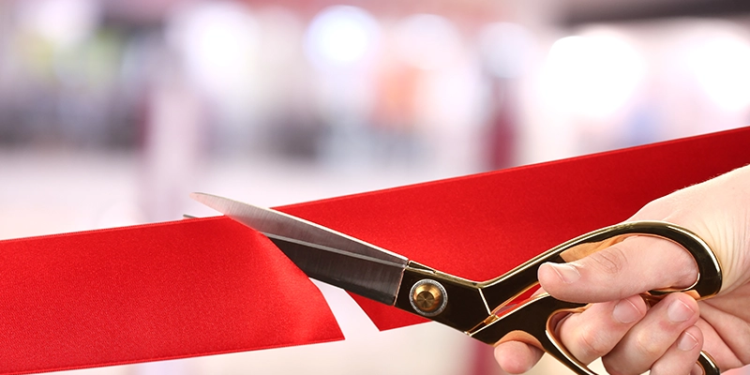As promised I enclose the results of my query about Trans-Tibial flexible
sockets. The results seem mixed. My thanks to all who took the time to
forward their personal experiences. Results are as follows.
1. I’ve use the design you described almost exclusively for several years,
and I almost never fenestrate the frame. My goal is to have a thin, strong
carbon socket, but still allow some options for adjustability. The ability
to remove the flexible liner (with the locking mechanism integrated into it)
provides some options for relief’s or addition of pads. Also, by fabricating
the locking mechanism and inner liner separately from the rigid support
structure, I can accommodate funky alignments more easily. I laminate over a
grace plate on the distal aspect of the socket, so I can use a four hole
adapter for attachment to the shank.
2. There was a period when I did this extensively and with fair success. I
would form linear polyethylene inner sockets (1/8″ of so) over which I would
laminate the frame, windowed at the fibluar head and tibial shaft. The
result was a socket that was mechanically stable, didn’t fluctuate in volume
but did give me the opportunity to easily create reliefs with a heat gun at
these sensitive areas in the field without
significantly affecting the outer appearance of the prosthesis. Thermolyn
rigid would probably work as well of even better.
I think I’ll start doing it again.
3. Difficult to relieve bony areas are easily relived with adjustments to
both the frame and flexible inner socket; a better alternative than grinding
out a socket lamination. Also, I have learned to use very thin polyE
flexible inner sockets (1/16″ or less) on preps as a spacer just in case the
new and unstable residual limb happens to swell between PT appointments.
When used in this case, the PT can simply remove the inner socket and
continue with a productive PT session.
4. I do not use the soft socket/frame on TTs. However; I have seen many soft
BK sockets within a hard socket (frame without cut outs) from other
facilities/practitioners. Conclusion: For the money it’s worth the time to
CYA, make the soft socket, to what would otherwise be pure “creative”{over)
coding (fraud). The only practical use is protecting a cushion liner from a
carbon brim. There are brim tapes for this (and much lighter) but then,
without a billable code why would we do anything “extra”?
5. I HAVE RESEARCHED THESE DESIGNS WITH SOME OF MY MOST DILIGENT PATIENTS
AS I TOO HAD MY DOUBTS OF THE PRACTICAL BENEFITS. HERE IS WHAT I DETERMINED
THROUGH THE FEEDBACK OF THE PATIENTS. WITH UNILATERAL TT THE ONLY DESIGN
THAT YIELDED NOTICEABLE EFFECTS FROM FLEXIBLE FRAME WAS MAKING A CUT OUT
OVER THE FIBULAR HEAD ESPECIALLY WITH HIGH IMPACT (IE RUNNING, VOLLEYBALL,
SOFTBALL) ALSO THIS WAS ONLY NOTICED AFTER THE FLEXIBLE MATERIAL WAS PULLED
APPROPRIATELY, SURLYN AT 1/16″ WAS WHAT I FOUND TO BE MOST EFFECTIVE. WHERE
I NOTICED THE BIGGEST REPORTS OF FUNCTIONAL EFFECTS WAS WITH MY BILATERAL TT
PATIENTS. A DESIGN THAT WAS MOST EFFECTIVE UTILIZED A PE-LITE INSERT BONDED
TO THE FLEXIBLE FRAME. THIS MADE THE SOCKET A LITTLE BULKIER BUT THE
COMFORT WAS ENHANCED SIGNIFICANTLY. THIS IS STILL A WORK IN PROGRESS SO I
LOOK FORWARD TO CONTINUED LEARNING WITH MY PATIENTS. GLAD TO SEE SOMEONE
UTILIZING THIS LIST TO TRY AND DEVELOP COLLABORATIVE SOLUTIONS FOR OUR
PATIENTS.
Charles H. Pritham, CPO, FAAOP
[email protected]




